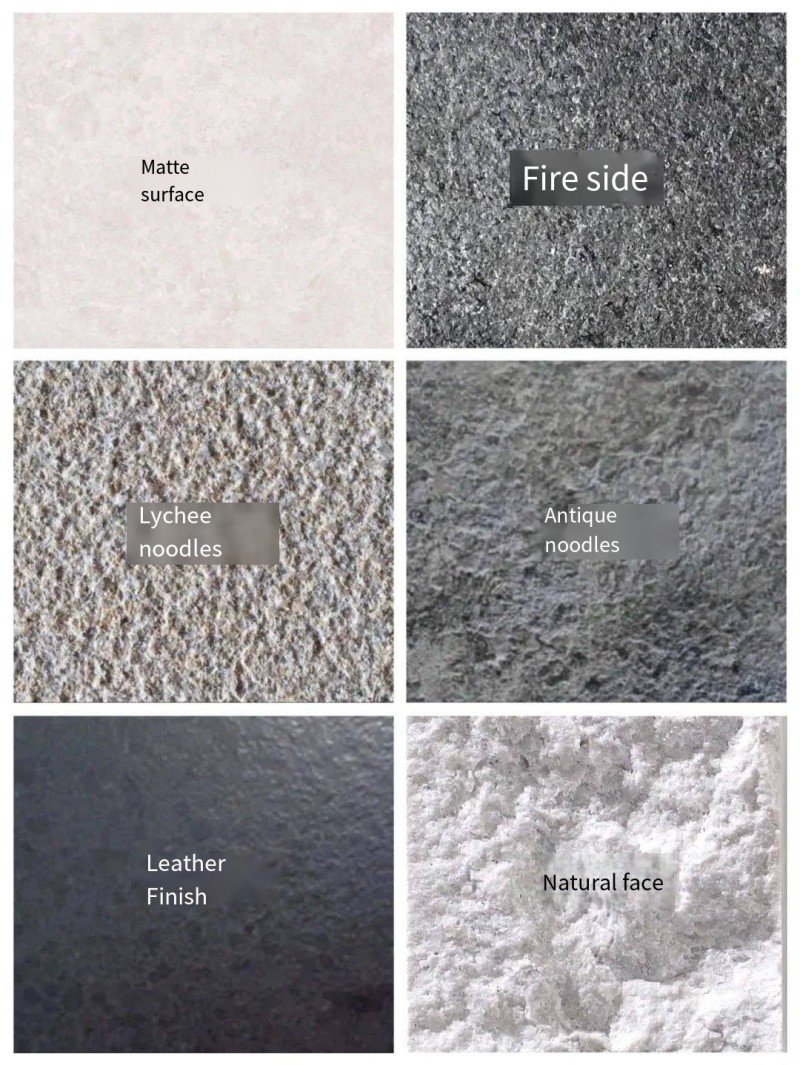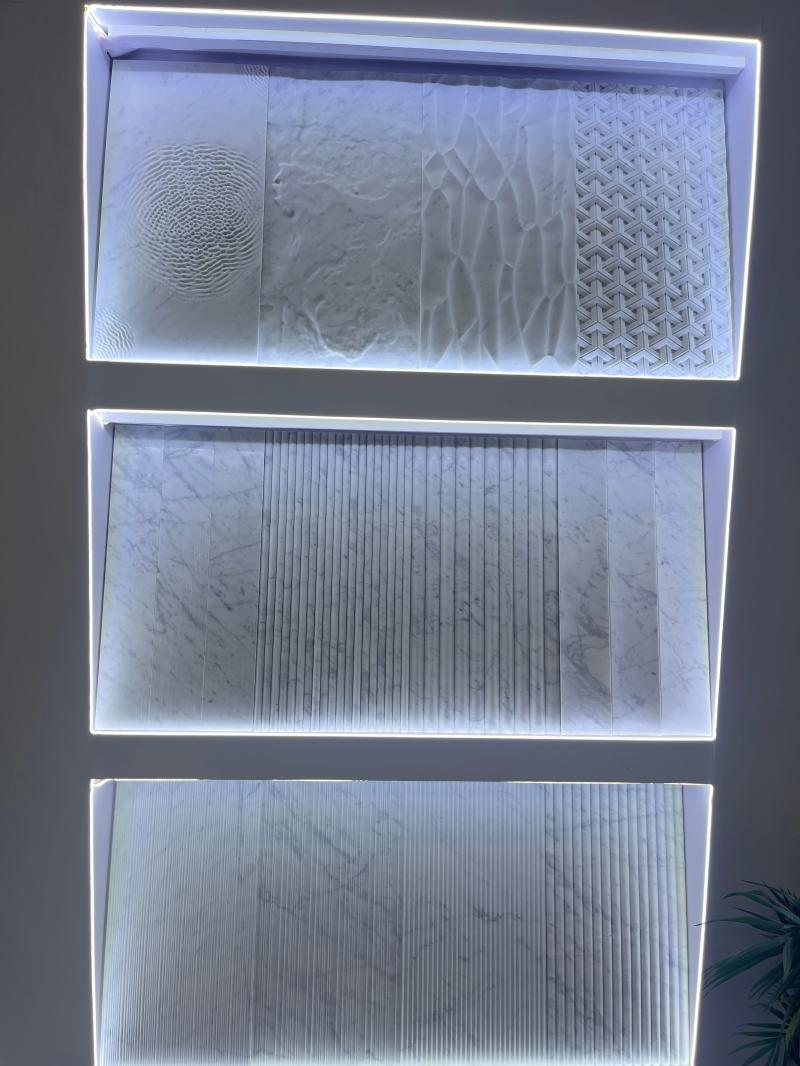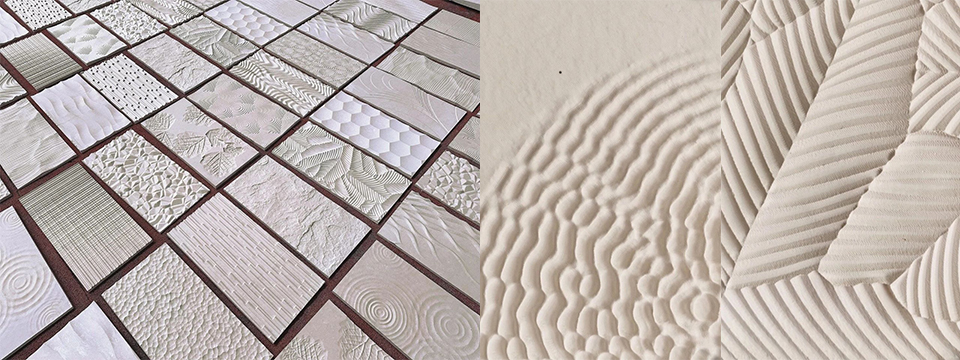In the field of architectural decoration, stone has always played a significant role. And stone texture surfaces are emerging as a new trend in decoration with their unique charm.
In the early days, common stone finishing processes included flamed surfaces, bush - hammered surfaces, etc. However, with the development of the times and technological progress, stone carving techniques have advanced by leaps and bounds. Modern stone carving machines use advanced CNC technology to precisely control the movement trajectory and speed of the carving tool head, bringing unprecedented carving effects.
Stone texture surfaces have a rich variety of carving forms. Relief effects can make patterns slightly protrude, adding a sense of layering; hollow - out carvings allow light to penetrate skillfully, creating a unique light and shadow atmosphere; three - dimensional carvings endow stones with a three - dimensional visual shock. Whether it's traditional elements like flowers, birds, fish, insects, landscapes, and figures, or modern abstract patterns and geometric shapes, they can all be perfectly realized.
In terms of application, stone texture surfaces are not restricted by indoor or outdoor spaces. When used on indoor walls, they can become the visual focus, adding an artistic atmosphere to living rooms and dining rooms. When used in outdoor landscapes, they can make the building facade more three - dimensional and design - oriented. It breaks through the monotony of traditional polished stone surfaces, extending from the visual aspect to the spatial perception, making the space more dynamic and three - dimensional.
For designers, stone texture surfaces provide a broad space for creation. They can choose appropriate texture surfaces and processing methods according to specific spatial requirements and characteristics, creating unique spatial effects and higher artistic values. Choosing stone texture surfaces means injecting soul into the space and unlocking a sense of high - end decoration.



